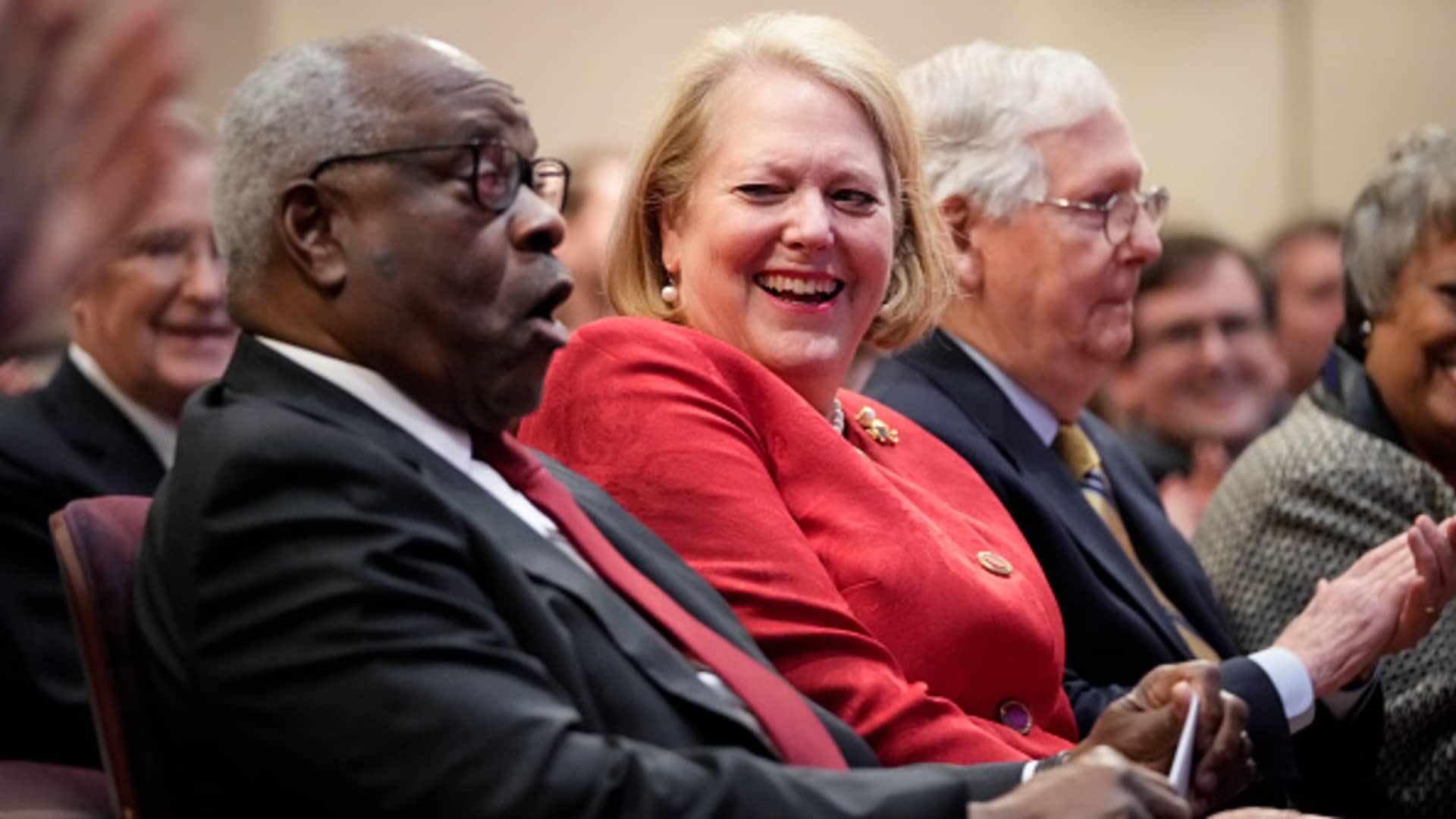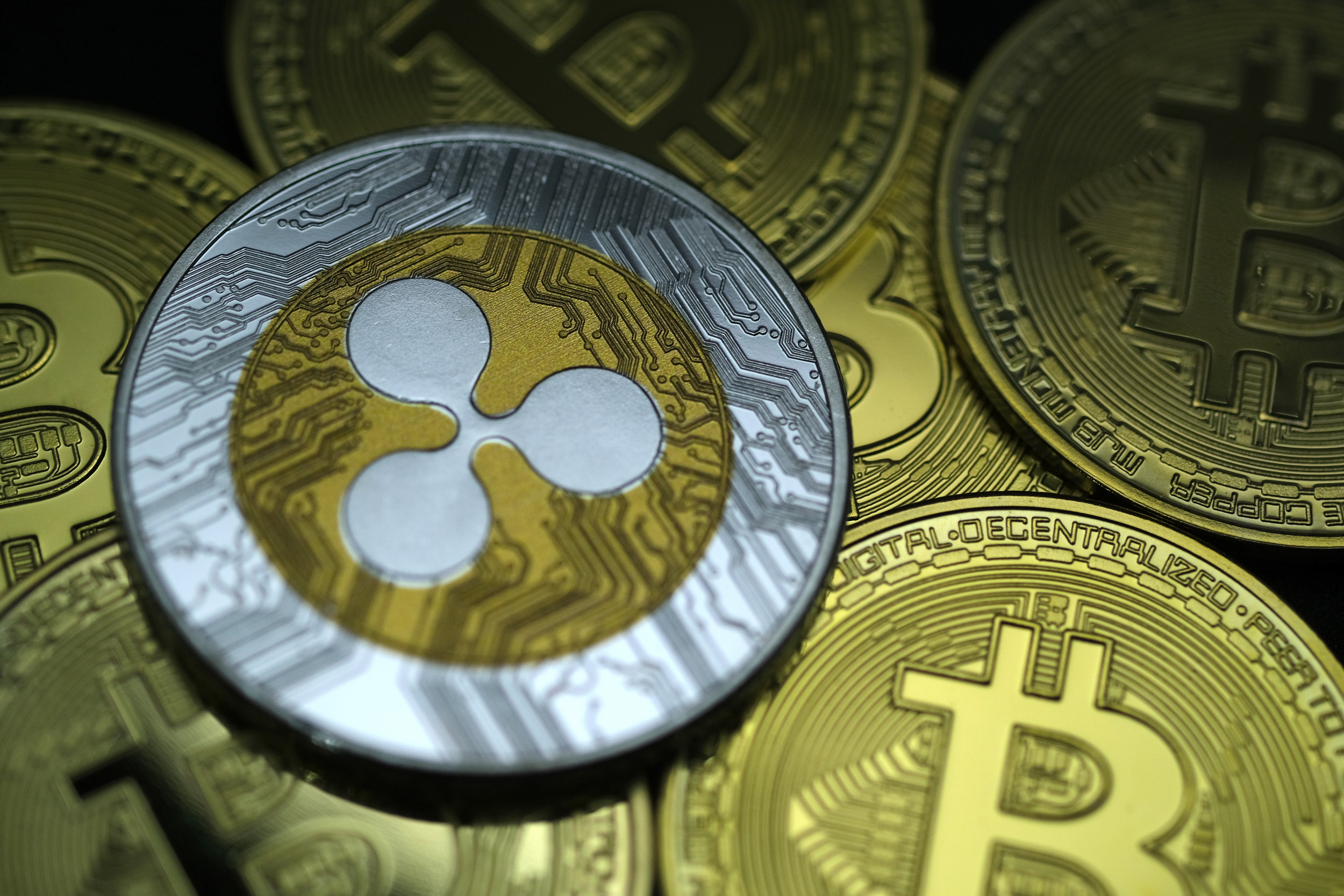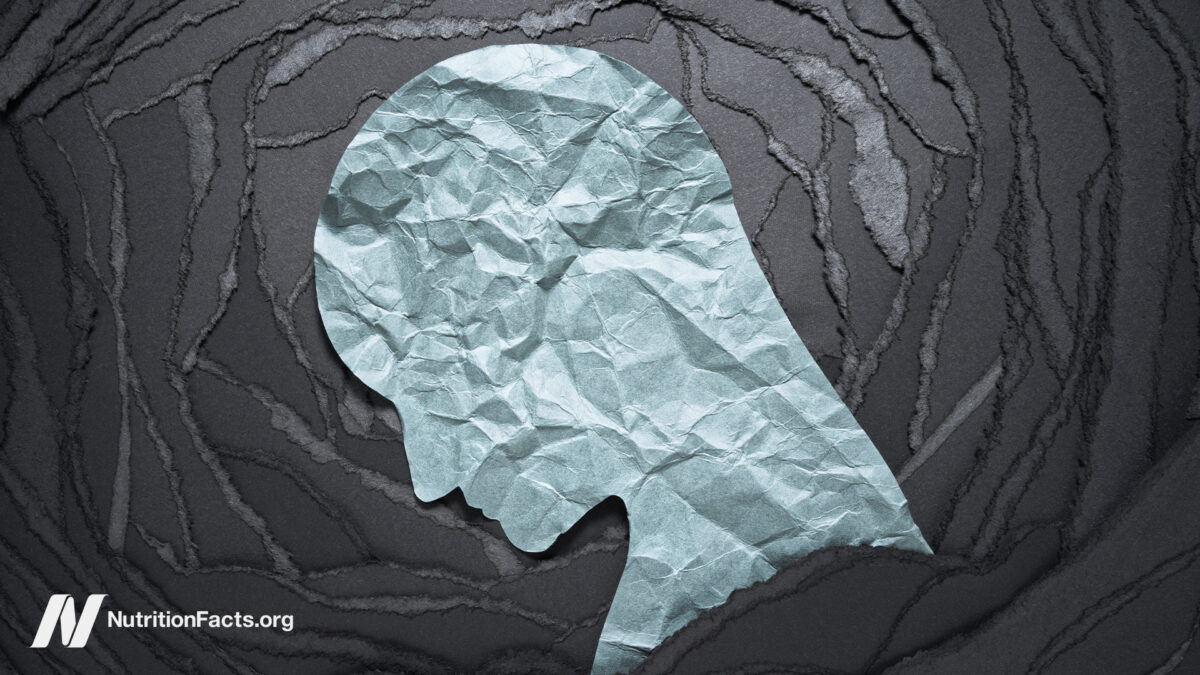First floods swept away crops. Now the banana industry faces an even greater risk
Queensland growers are on high alert this week with devastating floods increasing the possible spread of Panama TR4 fungal disease — the greatest threat to banana production worldwide.
There's a pretty good chance the bananas in your fruit bowl came from Far North Queensland, the region that produces more than 90 per cent of all Australia's bananas, including the popular Cavendish variety.
But growers are on high alert this week after devastating floods increased the risk of the greatest threat to Australia's $600 million industry.
The soil-borne fungal blight known as Panama disease tropical race 4, or, Panama TR4, is contained to eight properties in the Tully Valley, but there are fears of further spread.
"If we can contain it in the Tully Valley, that would be absolutely fantastic," said Leon Collins, a banana grower and chair of the Australian Banana Growers Council.
"But if it gets spread on other river systems in North Queensland, that's going to be a whole new ball game."
Leon Collins says biosecurity protocols to curb Panama TR4 have kept the spread of the dreaded fungal disease to a minimum. (Supplied: Leon Collins)
'Spread very easily'
"Panama Tropical Race 4 can be spread very easily through water, soil and water movement," said Mr Collins.
"We've only had infected properties up the top of the river, now of course it has the potential to be throughout the whole river system.
"It might not show up on new spots for up to two years, but it's something we've got to live with," he said.
Panama TR4 is considered the greatest threat to banana production worldwide.(ABC News: Victoria Pengilley)
The renewed fears of disease follow a week of devastation for growers where flooding has destroyed banana plants.
"It's affected the property massively," said Gavin Eilers, the North Queensland manager for Tropicana, a banana farming company based across the Far North.
"Crop loss, irrigation damage, headland damage, machinery damage, everything — the ongoing effects is that it will knock around production … for another six months to come," he said.
Mr Eilers says 35 per cent of his bananas have been lost across two farms.
"Six thousand cartons a week, multiplied by twelve, so that's just the initial loss, so what we've actually physically lost instantly, bang, gone," he said.
That equates to 72,000 cartons of bananas lost on just one farm, which will result in fewer bananas coming off farms and reaching supermarket shelves over the next six months.
Banana farm manager Gavin Eilers says the floods that followed Cyclone Jasper have devastated his farms.(ABC News: Victoria Pengilley)
Will banana prices rise?
In 2011, Cyclone Yasi devastated banana farms in Queensland, with prices skyrocketing as a result.
While Cyclone Jasper and its associated flooding is not expected to have as big an impact on prices, the spread of Panama TR4 could spell significant trouble for the industry.
"We can do as much as we want to protect our farms all year round and then you get one massive event like this and it puts metres of water through your farm and obviously everyone knows this floodwater will cause soil movement with it and you've got no control over that," Mr Eilers said.
Loading...
"You're naive if you think we are all safe, that's for sure, and any flood event increases the threat," he said.
But Professor James Dale, who runs the banana biotechnology and research program at Queensland University of Technology, was more optimistic, saying he didn't expect to see widespread distribution of the fungus.
"In North Queensland, the distribution of TR 4 is very limited, it's only in one relatively small area, and the floodwaters most likely would flow into the local river."
Professor James Dale has been working on a genetically modified Panama TR4-resistant banana for over 20 years. (Supplied: Queensland University of Technology)
Years of work under threat
Panama TR4 poses a significant threat because, if present, it cannot be eradicated.
"Once it gets in the soil, it's there essentially forever so you can't grow susceptible cultivars in that soil anymore," Professor Dale said.
Cyclone Jasper did not destroy banana farms like Cyclone Yasi in 2011, but the subsequent flooding destroyed yields.(ABC News: Victoria Pengilley)
But in Australia, the banana industry has done something remarkable by curbing the spread of the fungus.
"If it were in other places in the world, you would have said most of the industry by now would have some level of infection," Professor Dale said.
"But that hasn't happened [in Australia], and that's because of the biosecurity measures in place, and the growers who have worked incredibly hard to implement those measures.
"Growers have really changed their lifestyle, amazingly, to work with these biosecurity measures, so the farms now have very restricted access," he said.
Key stories of the day for Australian primary producers, delivered each weekday afternoon.
Posted 13h ago13 hours agoSat 23 Dec 2023 at 1:29am, updated 12h ago12 hours agoSat 23 Dec 2023 at 2:19am

 AbJimroe
AbJimroe 































